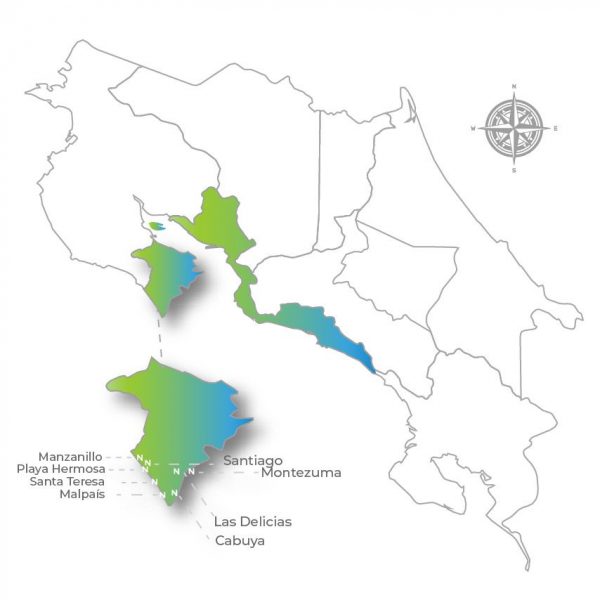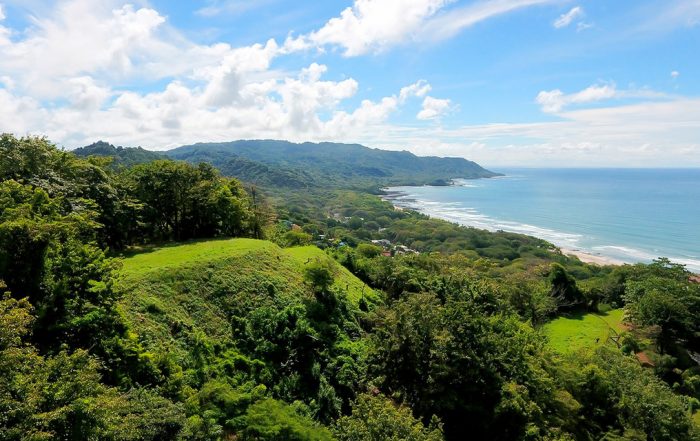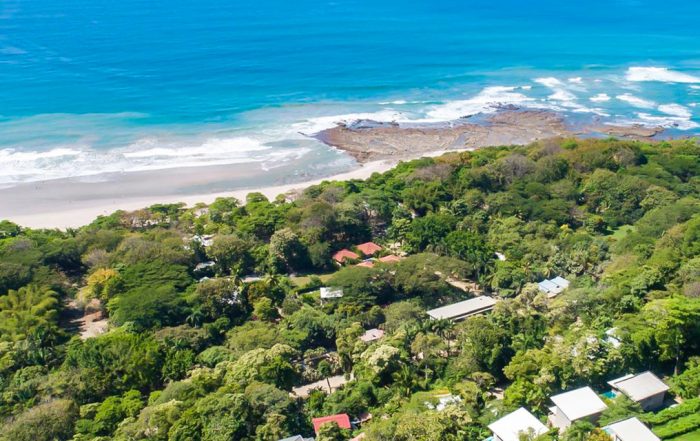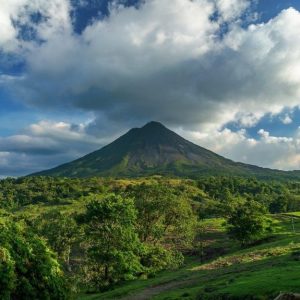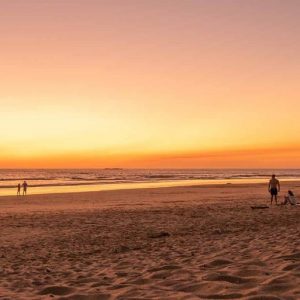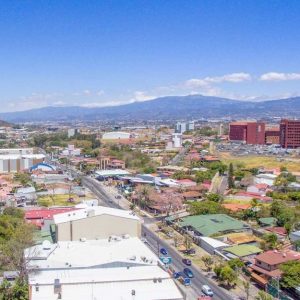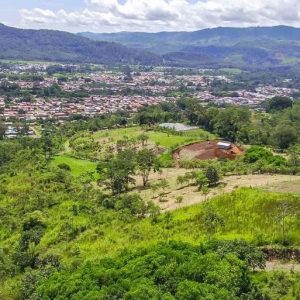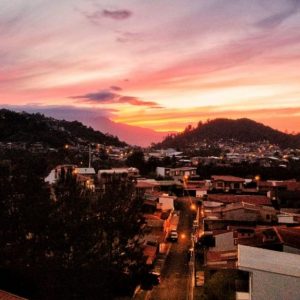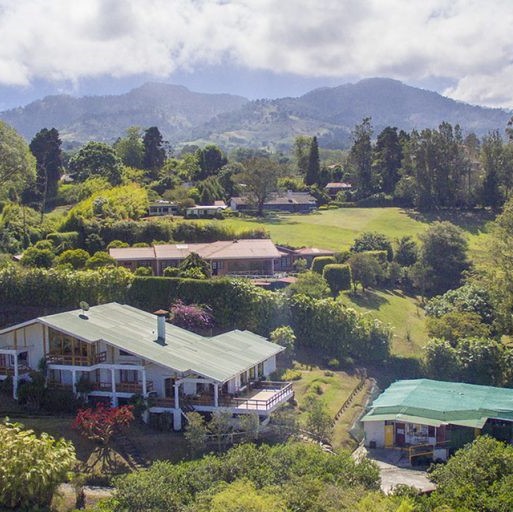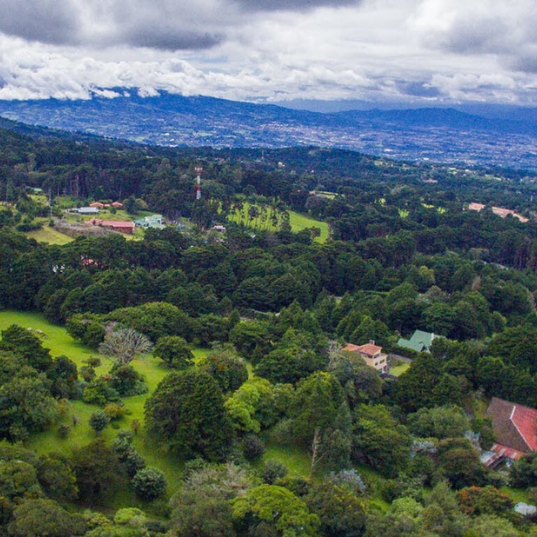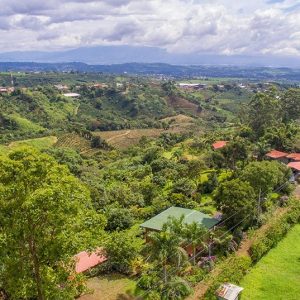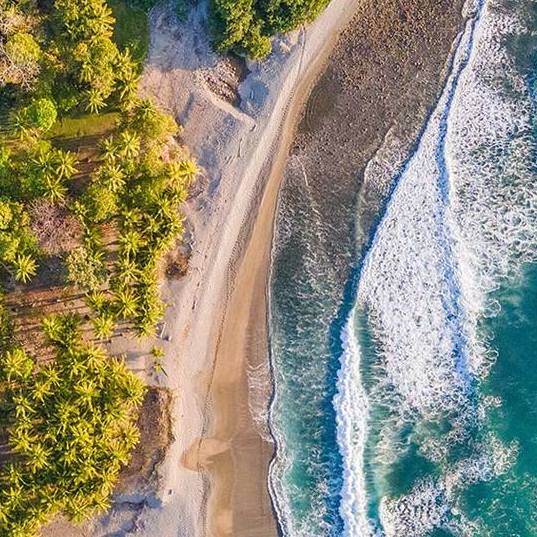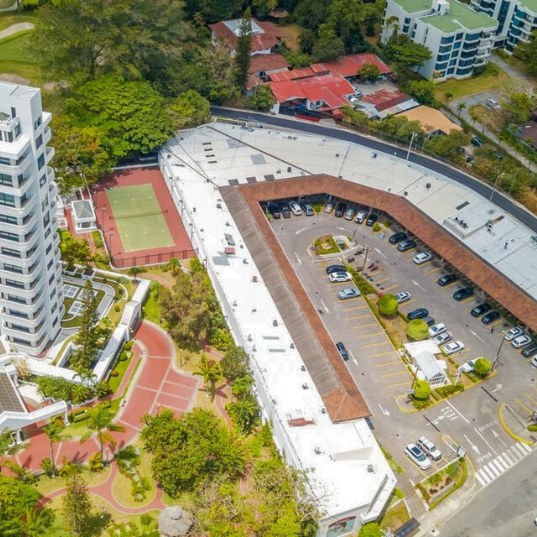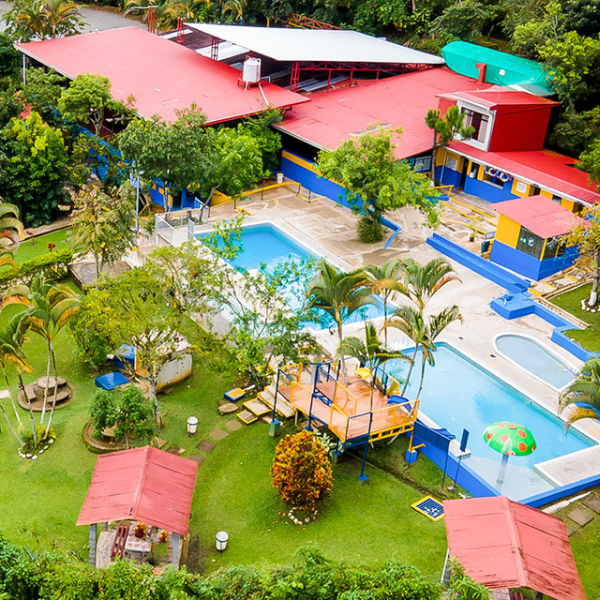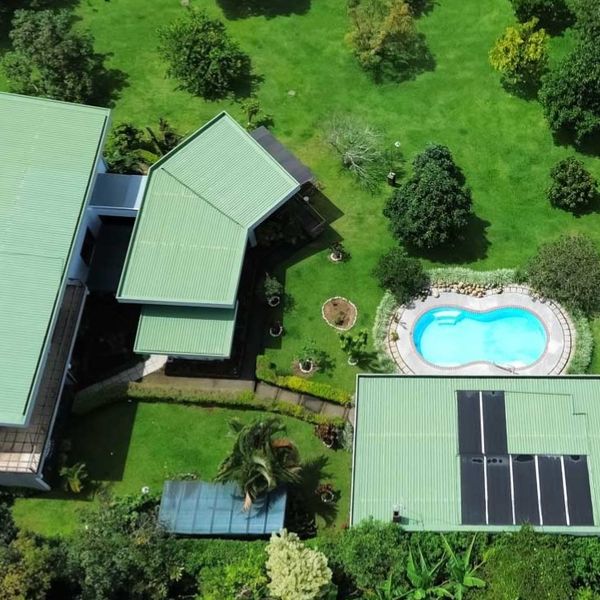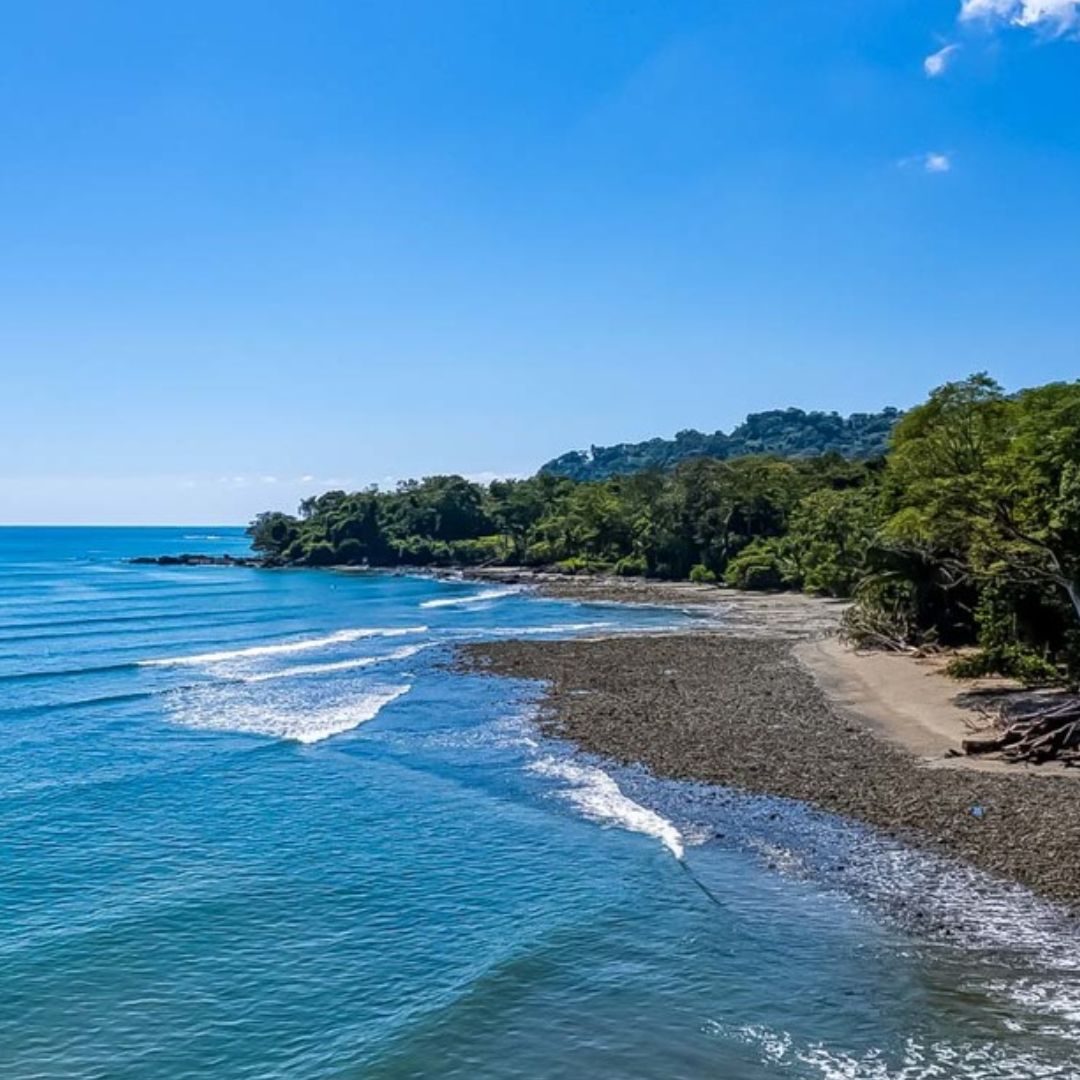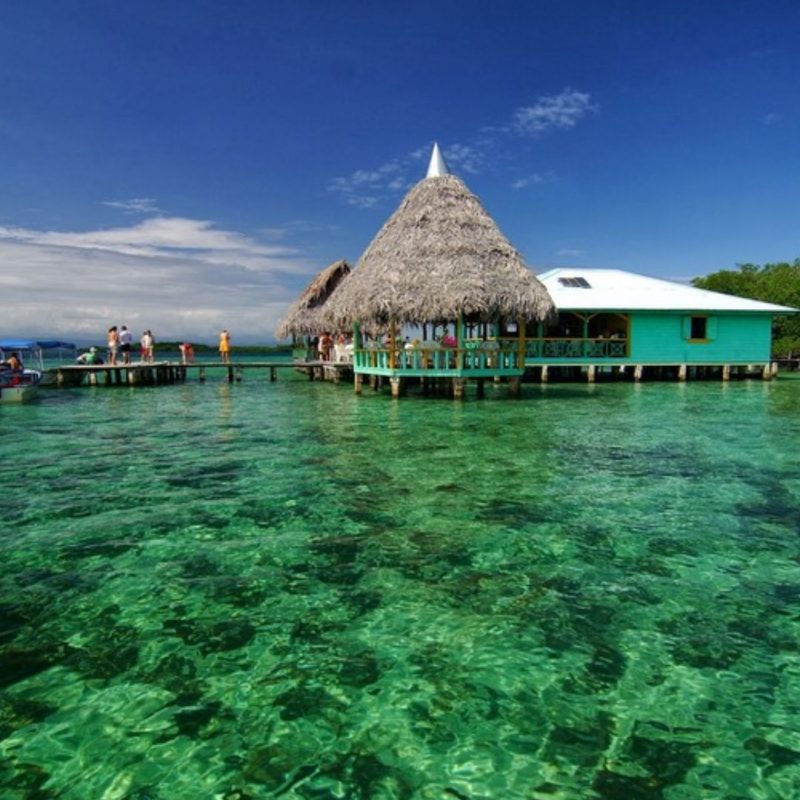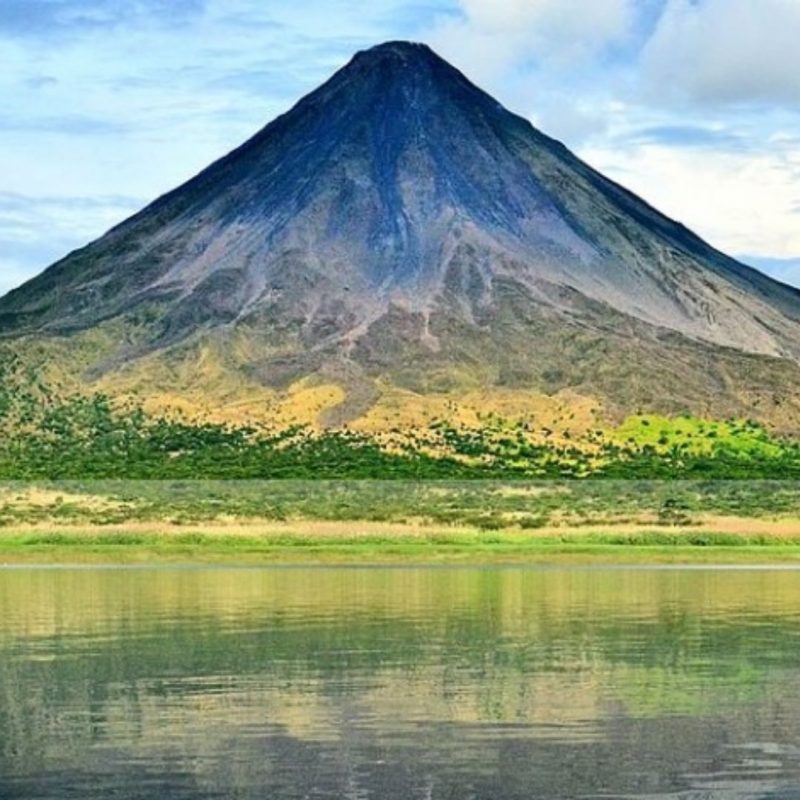Santa Teresa is a remote location paradise, its origins as a paradise for surfers and nature lovers, and its relatively short history of development have created an atmosphere unlike any other in Costa Rica! Backpackers, surfers and families rub shoulders with Hollywood celebrities and businessmen alike in the waves or at one of the area’s many trendy restaurants, hip boutiques or beach bars. Throughout its development, the community has placed great importance on environmental stewardship and independent business, adding to the region’s reputation as a non-commercial getaway sheltered from the more unpleasant impacts of excessive tourism. Located within a “Blue Zone”, an area of the planet with a life expectancy significantly higher than average, visitors return year after year to revel in a sense of freedom amid perfect surf, picturesque sunsets, pristine nature and a healthy lifestyle that defines this one-of-a-kind destination.
Cost of living in Santa Teresa
Below, we show you a table of monthly costs for a family of four residing in Santa Teresa and its surroundings, developed by the NATIVU Santa Teresa team based on their experience and knowledge of the area:
| Expenses | U.S. $ |
|---|---|
| Electricity | $400 |
| Water | $100 |
| Phone & Internet | $150 |
| Rent | $2,500-$4,000 |
| Buying a House | $650,000 |
| Private primary and secondary education fees | $500-$800 |
| Restaurants | $100 |
Advantages of living in Santa Teresa
Ocean-bound
Sport and wellness
Nature
Beaches
Weather
Balance
Guides To Buy by area


